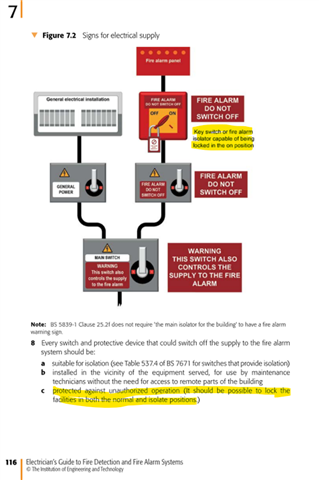Question can you lock and isolator ON?
from 537.2.5 it says an off load isolator can be locked on.
A designer is saying to me you can use an onload device (it s a rail application), but to me it clearly staes it has to be an off load device.
Any thoughts?
